|
|
|
| |
| |
|
test
|
![test]() |
|
|
|
|
|
|
 | November 2018 Substance Use Snapshot
The Teenage Brain and Addiction
Overview: Teenagers‘ brains are more plastic and primed for learning; one consequence is they are more prone to addiction than adults, and have a greater difficulty ridding themselves of the habit for the rest of their lives.
|
| |
|
|
|
| A neuroscientist‘s survival guide to raising adolescents and young adults
|
|
|
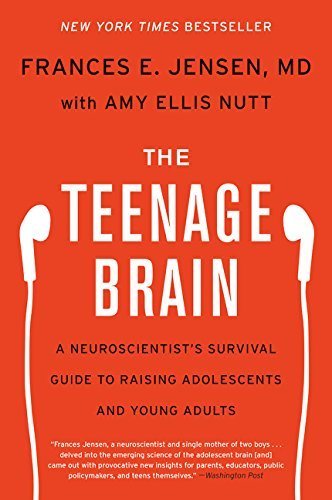 | Frances E. Jensen, MD with Amy Ellis Nutt
Summary The teenage brain is different from an adult brain; adolescents absorb new information and make neural connections at a faster rate. But at this stage in development, teens are also neurologically inclined to take more risks and try new things – a very necessary, crucial part of growing up, and a propensity that can also put them in precarious positions. For one thing, teens are more vulnerable to addiction than adults.
It's important, first, to remember that the brain is still developing. Emerging neuroscience has shed a great deal of light on this process, and made it clear that any assumption to the contrary is simply off-base. "The brain is the last organ in the body to fully mature," Jensen points out. "It doesn't get completed really until your mid- to late-20s." This
happens, on average, a little faster in females than males, though the rate of development varies for each individual.
|
|
|
Compared to a fully developed adult brain, the adolescent brain more rapidly creates circuits in reward centers of the brain, like the limbic system, in response to addictive substances. As a result, teens can become addicted more quickly, and the addiction has a stronger hold. Experts say it's harder for adults who started smoking as kids or teens to quit than it is for those who first lit up as adults, and the same holds true for other drugs and alcohol.
|
|
|
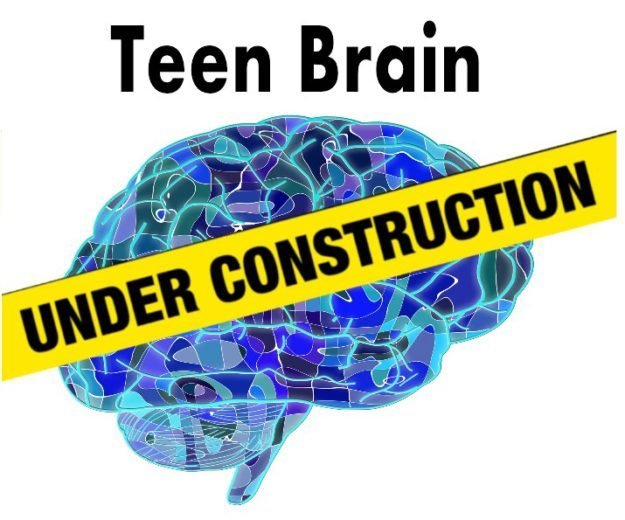 | When it comes to making a decision about whether to take that first smoke, hit or drink, teens face another neurological disadvantage as well: the brain's frontal lobe, including the pre-frontal cortex, which is responsible for executive functioning (things ranging from planning, reasoning, emotion regulation and self-control) is the last area of the brain to fully develop. That's not to say teens are predestined to always throw caution to the wind and chase pleasure no matter the costs, while adults are stalwart bastions of responsibility. Brain changes and personal differences – as well as the decisions an individual makes – are far more nuanced and varied.
|
|
|
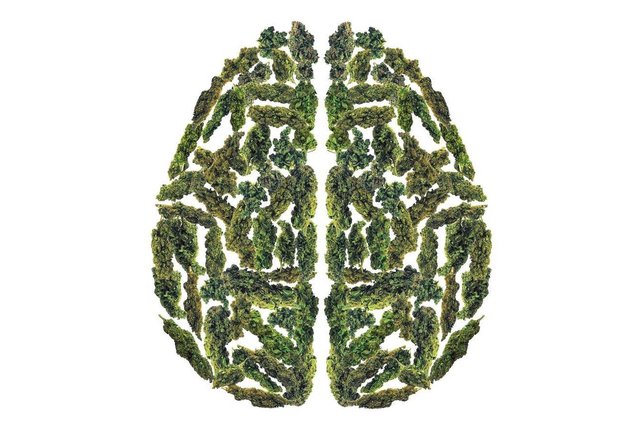 Teenage Brain and Cannabis: THC disrupts the development of neural pathways, meaning that the teen brain is not as resilient as the adult brain to the consequences of cannabis.
Studies have shows that users who start smoking pot regularly in early teen years have been shown to have smaller whole brain volume, reduced grey matter and increased damage to white matter, compared to non-users, and the damage can last into adulthood.
Memory impairment is similar in adults and teens directly after using, but chronic use appears to have longer term consequences for the adolescent brain.
Cannabis is an important causal factor in the development of schizophrenia and doubles the risk of psychosis.
| 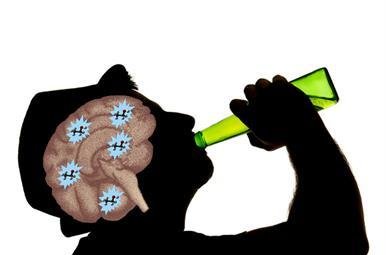 Teenage Brain and Alcohol: The teen brain is a novelty-seeking and risk taking machine; media compellingly most often combines images of adventure and alcohol.
The adolescent brain is better at handling the sedative aspects of drinking (including drowsiness, hangovers and lack of coordination) than the adult brain, which may lead teens to consume more alcohol, as they don‘t necessarily get the same degree of negative consequence.
Attention deficit, depression, memory problems and reduction in goal oriented behaviours have all been linked to adolescent alcohol misuse, particularly for girls, due to earlier brain development.
Alcohol impairs memory much more easily in teens than adults.
| 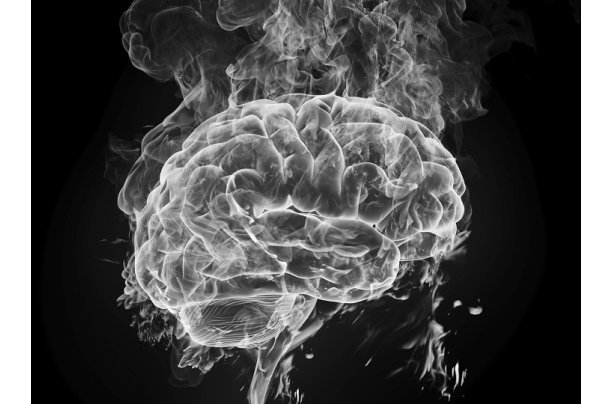 Teenage Brain and Smoking: Some studies have shown that after just one or two cigarettes, the adolescent brain begins to remodel itself and creates new nicotine receptors, making it harder to quit.
Nicotine dependency is high among people with mood disorders and new studies show that nicotine and dependency may precipitate depression due to exposure to certain chemicals while the brain is still growing.
Teenage brain development makes it more difficult to consider distant consequences (i.e. health), and smoking often meets two important teen needs: relief from stress and social connection.
|
|
|
 | Advice from Teens on how Adults can talk to Youth about Substance Use: 1. Be aware of the many changes that your teen is going through. These changes may make teens feel extremely stressed, less confident, vulnerable and depressed.
2. Be sympathetic to what it must be like for your teen to be experiencing such feelings. Remember a time when you went through many changes and how that felt.
3. Although they may want to be more independent, your teen needs structure and support. Your support matters.
|
|
|
4. Always communicate a reason for your decisions. When you have to say no, make sure you explain why. Share your standards of conduct and achievement.
5. Show ongoing interest in your teen's life and respect them. Take the time to listen to your teen.
6. Although it may often seem that having a conversation with you is at the bottom of their to do list - find the teachable moments where you can talk openly together.
|
|
|
|
|
| A Documentary investigating the relationship between Marijuana, Mental Illness and the Teenage Brain
|
|
|
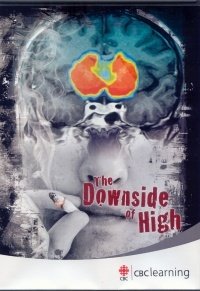 |
Click here to
view The Downside of High by Dr. David Suzuki Teenagers who start smoking marijuana before the age of sixteen are four times more likely to become schizophrenic. That‘s the conclusion of some of the world‘s top schizophrenia experts, whose research is featured in the documentary The Downside of High.The scientists‘ work on the connection between marijuana and mental illness also reveals that, for all young adults, smoking marijuana can nearly double the risk of developing recurring psychosis, paranoia and hallucinations – the hallmarks of schizophrenia. The Downside of High, directed and written by Bruce Mohun, tells the stories of three young people from British Columbia who believe – along with their doctors – that their mental illness was triggered by marijuana use. All three spent months in hospital psychiatric wards, and still
wage a battle with their illness.
|
|
|
|
|
|
|
|
|
|
|
|

| GENERAL HARM REDUCTION STRATEGIES
1. Avoid, Delay, Reduce Use
2. Don‘t Use Alone
3. Carry Naloxone, if around
Opioids:
Toward the Heart
|
| |
|
|
|
The Greater Victoria School District is committed to providing safe and healthy learning environments for all students. As part of our approach, we have been focusing on mental health and substance use topics to help us promote well-being in our schools.
Substance use is a complex topic that often highlights varied philosophies, myths, and a great deal of fear.
|
The research shows us that early interventions, particularly around critical thinking and decision making, has an impact on delaying use in youth. As well, open dialogue with adults, intentionality around attachment, and a focus on the factors that contribute to substance use, as opposed to the actual substances, also prevent, delay and reduce substance use in our students.
|
Our goal is to create a more cohesive, systematized substance use plan focusing on social emotional learning, that includes our youth and schools, community partners, and families. We strive for a shared vision, common language and consistent messaging over time, in order to support positive youth culture and a healthy perspective on substance use and mental health.
|
|
|
|
|
| |
|
|
|
|
|
|
|
|
| |
|